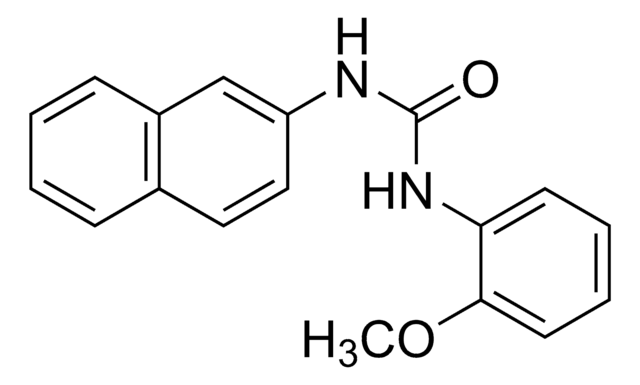890703C
Avanti
18:0 EPC (Cl Salt)
Avanti Research™ - A Croda Brand 890703C
Synonym(s):
1,2-distearoyl-sn-glycero-3-ethylphosphocholine (chloride salt)
About This Item
Recommended Products
form
liquid
packaging
pkg of 1 × 2.5 mL (890703C-25mg)
manufacturer/tradename
Avanti Research™ - A Croda Brand 890703C
concentration
10 mg/mL (890703C-25mg)
lipid type
cationic lipids
transfection
shipped in
dry ice
storage temp.
−20°C
SMILES string
O=P(OCC[N+](C)(C)C)(OC[C@]([H])(OC(CCCCCCCCCCCCCCCCC)=O)COC(CCCCCCCCCCCCCCCCC)=O)OCC.[Cl-]
Application
- to study its effect on the synergistic antimicrobial action of eugenol against Escherichia coli C600
- to test its use in the formation of lipid nanoparticle variants
- as a constituent of the microbubble formulation
- to prepare lipid monolayer for the study on the nature and orientation of interaction between graphene oxide (GO) and lipid models
Biochem/physiol Actions
Packaging
Legal Information
Signal Word
Danger
Hazard Statements
Precautionary Statements
Hazard Classifications
Acute Tox. 3 Inhalation - Acute Tox. 4 Oral - Carc. 2 - Eye Irrit. 2 - Repr. 2 - Skin Irrit. 2 - STOT RE 1 - STOT SE 3
Target Organs
Central nervous system
WGK
WGK 3
Regulatory Listings
Regulatory Listings are mainly provided for chemical products. Only limited information can be provided here for non-chemical products. No entry means none of the components are listed. It is the user’s obligation to ensure the safe and legal use of the product.
PRTR
Class I Designated Chemical Substances
ISHL Indicated Name
Substances Subject to be Indicated Names
ISHL Notified Names
Substances Subject to be Notified Names
JAN Code
890703C-25MG:
890703C-BULK:
890703C-VAR:
Certificates of Analysis (COA)
Search for Certificates of Analysis (COA) by entering the products Lot/Batch Number. Lot and Batch Numbers can be found on a product’s label following the words ‘Lot’ or ‘Batch’.
Already Own This Product?
Find documentation for the products that you have recently purchased in the Document Library.
Our team of scientists has experience in all areas of research including Life Science, Material Science, Chemical Synthesis, Chromatography, Analytical and many others.
Contact Technical Service










